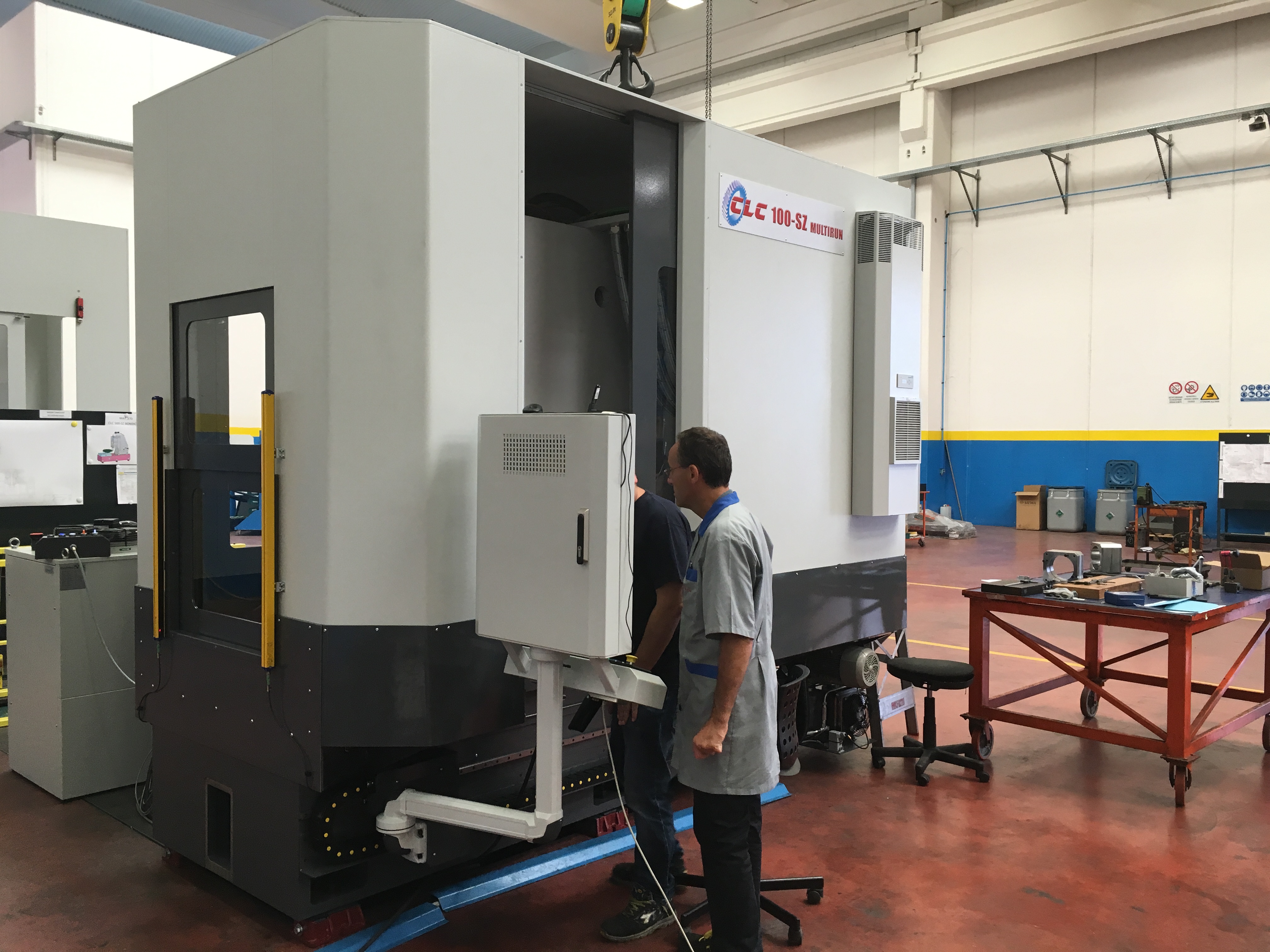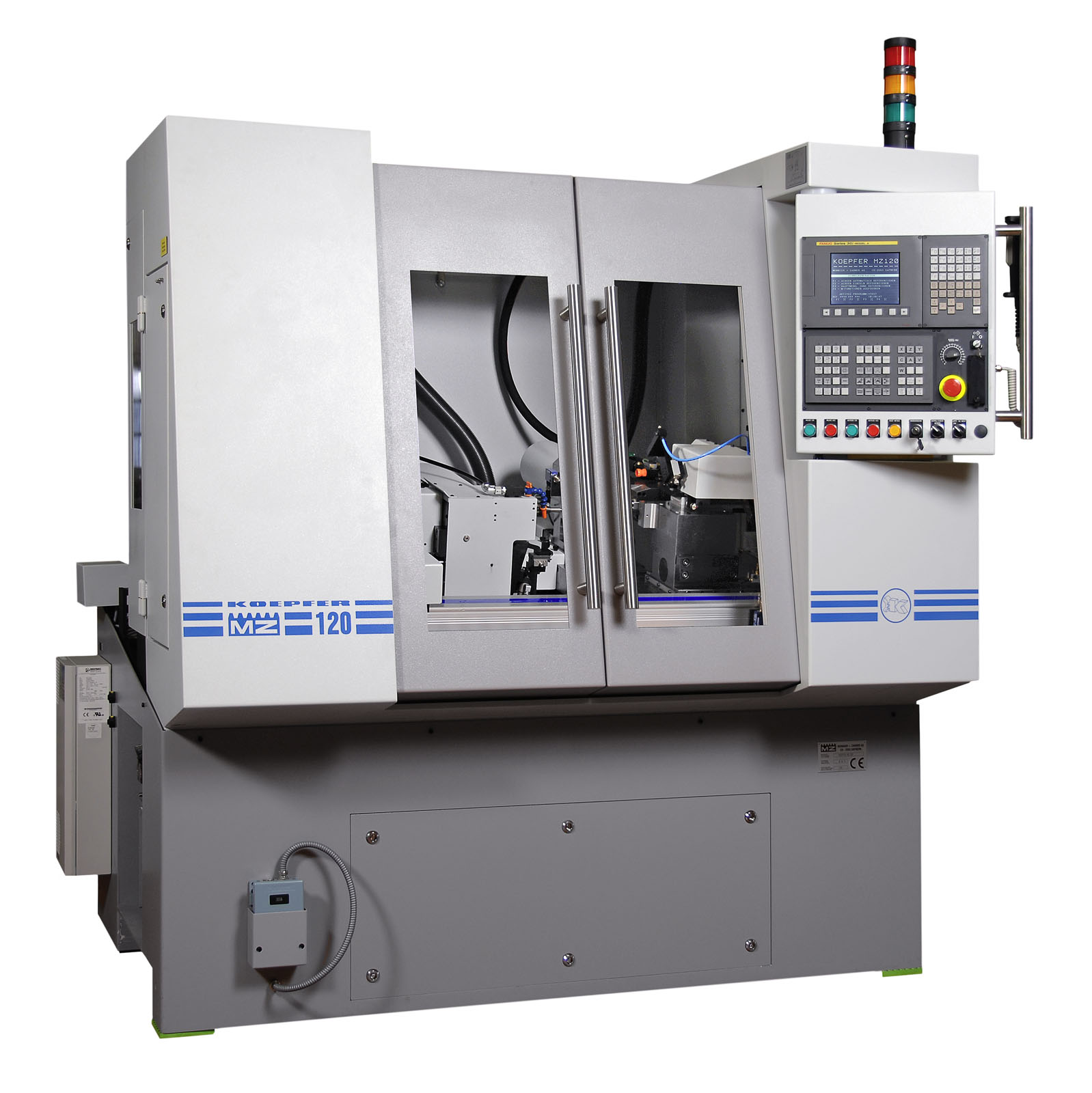 In a recent interview with Tim Pirie, Director of Manufacturing Systems and Technology at CGI, Inc., Design World got an inside look at new capabilities that the manufacturer is using to expand its gear offerings.
In a recent interview with Tim Pirie, Director of Manufacturing Systems and Technology at CGI, Inc., Design World got an inside look at new capabilities that the manufacturer is using to expand its gear offerings.
 CGI is known for gearing with tooth forms that deliver high strength and quiet operation, as well as complete gear solutions with high levels of customization. Smaller gearing for positioning applications is another specialty.
CGI is known for gearing with tooth forms that deliver high strength and quiet operation, as well as complete gear solutions with high levels of customization. Smaller gearing for positioning applications is another specialty.
Here is what we learned in our interview.
Eitel • Design World: Tell me about your new gear cutting machines and other capabilities.
Pirie • CGI Inc.: Over the last few years, CGI has invested in advanced gear-cutting equipment. Our newest piece of equipment is a CNC shaper was recently on display at IMTS 2016 in the Koepfer America booth. This programmable CLC 100-SZ is compact but capable of shaping myriad parts in an array of sizes — including very small helical gearing. It’s going to be the first of these machines in the U.S.
The machine can shape with up to 2,000 strokes a minute. That plus its loading and unloading station gives us semi-automated operation. So the machine can be running the part — cutting and producing chips — while an operator is loading or inspecting another part. As soon as one part is machined, the CLC 100-SZ loads and cuts the next. The machine’s never sitting idle, which helps boost throughput.
Eitel • Design World: We enjoyed seeing your new gear cutter as well as your products on display. Tell me more about what semi-automated operation means.
Pirie • CGI Inc.: We have the option to add robotic automation later — for example a FANUC robot can be incorporated — but for now we’re manually loading and unloading blanks but as just described, the machine’s loading station means that it is continually cutting parts. That said, everything else on the machine is automatic.
Our Koepfer CLC 100-SZ has user-friendly conversational controls that let operators enter parameters for a given component to be made … basically by just following a series of prompts. The 100-SZ writes all the code and actually then executes the program — so our operators don’t need do extensive CNC programming. CGI Inc.’s 100-SZ also uses a probe to locate existing part features for situations that need the gears to time to other features on the part.

Eitel • Design World: What kind of volumes will you output with this new equipment?
Pirie • CGI Inc.: We’ll be producing higher-volume runs of several thousand parts at a time, but will also use the machine to output low-volume prototype parts — thanks to the ease of setup and programming.
In fact, because our new machines’ flexibility lets us output low volumes or high volumes, we can help customers through their whole product-development cycle. In other words, we regularly support everything from the initial design — and supply the initial handful of prototype parts — all the way through to high-volume production of several thousand parts at a time. Again, the flexibility of this machine helps us do that.
Eitel • Design World: What sizes of gear parts are we talking?
Pirie • CGI Inc.: With this new equipment we can make parts as small as 0.75 in. in diameter to ring gears up to 6 in. in diameter.
Eitel • Design World: You mentioned a probing capability to identify key features of mating parts for assembly. What’s that all about?
Pirie • CGI Inc.: Sure. Imagine we have an offset pinhole on a blank that is to be cut into a gear. Now assume that this feature must align with the top of a gear tooth within a degree. Our new gear shaper lets us mount a blank without an elaborate fixture for alignment and it utilizes the probe to identify that particular feature. When it finds the feature, it aligns the blank and then cuts the gear to have the tooth properly aligned.
Obviously, that’s not something we do on every single part — but there are times when customers need features to align to the gear … and that probe lets us do that.
Eitel • Design World: Tell me a little bit about CGI Inc.’s other capabilities and manufacturing equipment.
Pirie • CGI Inc.: Three years ago, we bought a Koepfer MZ120 automated CNC hobber and procured a second one a year ago. These machines are capable of cutting traditional spur gears, helical gears, worm gears, worms and bevel gears — far more than with traditional hobbing machines.
Their full automation lets us make more parts every shift and the machine’s flexible automation means that we can automate a large variety of parts and maximize its utilization. In addition to improved machine cycle times, the machine utilizes 2 sets of grippers that minimizes downtime between machining cycles.
We’re thrilled about how these machines increased our throughput. A job that once took about 60 hours is now done in about 12 hours.
Eitel • Design World: One last question — how does CGI Inc.’s approach to manufacturing compare to the rest of industry?
Pirie • CGI Inc.: CGI has always invested in equipment as a way of investing in the future — with several million dollars’ investment just over the last few years. But our machinists, operators, engineers and other employees are our most valued asset.
We’re always striving to become more vertically integrated as well — consequently we’ve brought more processes than ever in-house to minimize how much we send out to other vendors. In many cases, we take bar stock and ultimately turn it into fully assembled gearboxes or mechanical assemblies … which is not something a lot of our competitors can say. To this end, we use a lot of traditional machine-shop equipment — including grinding, turning, milling, swiss and multitasking equipment in addition to gear fabrication. We also perform some specialized processes in-house such as heat treating, laser welding, and electrical discharge machining (EDM).
In addition, CGI Inc. works to be a partner and an extension of our customers manufacturing operations as well as engineering capabilities— to assist with upfront design work and then follow the development cycle into production. They know their products best — whether robots or aircraft components, — but we have a lot of experience with regards to gears. Consequently, our customers often lean on us … and we’ll work collaboratively to devise manufacturable components and assemblies that meet or exceed design requirements.
Depending on the industry, CGI Inc. also offers assistance with product testing and performing validations. There is often paperwork that must be completed for approvals and as a partner with our customers, we are able to help with that process.
Lastly, we support our customers in inventory management and KANBAN integration. For example, our customers will have CGI supplied components in a bin on the floor. Whenever the operators run out of a CGI component, they just scan a bin. In turn their system sends us a notification to make a shipment— and in a few days, they have replenishment.
I think that’s the real value — how we partner and act as an extension of our customers’ operations in ways that let them to lean on us from the beginning of a product cycle all the way through production.








Leave a Reply
You must be logged in to post a comment.